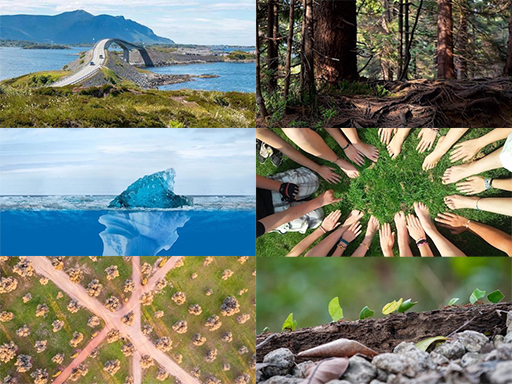4.1 Generating metaphors
Bushe (2013) explains the power of metaphors in challenging existing assumptions that underpin cultures of organisations and professions; recognising aspects of practice that are taken for granted; highlighting aspects that may otherwise be overlooked; and changing how people think about and see their practices. Through the writing activities you have undertaken so far, you may have become more aware of dominant metaphors that structure the current, whether this is perceptions of what a practitioner does (e.g. practitioner as juggler) or perceptions of how policy or initiatives work in practice (e.g. policy as tour guide, or initiative as jigsaw). It may be that metaphors haven’t been surfaced at all, but you may have hunches about what sort of metaphors may be at work even if not explicit. Alternatively, you may not have thought about how metaphors work in your context at all.
By deliberately playing with different metaphors, ones that are different from those currently considered, you can gain a new perspective through ‘frame restructuring’ (Zandee, 2013), where you can ‘challenge the taken-for-granted and invite new inquiry’ (p. 75). To reframe your stories, and generate new perspectives, you can ask the question: ‘What if X practice was considered with Y metaphor?’ An example of this is shown in the case study.
Case study: Reframing practitioner wellbeing during Covid-19
In a session exploring practitioner wellbeing during the Covid-19 pandemic in 2020, many metaphors were shared in discussion of what it had been like as schools, nurseries and colleges went online. Key metaphors were ‘firefighting’ and ‘sinking’, where the majority of their responses were focused on the struggles they had experienced and the impact these had had on staff.
In the second session, the group started exploring a ‘rivers’ metaphor, using the images of water from their previous metaphors, but thinking about water in a different way. Through exploring images of rivers at different stages and in different conditions, the group deepened their stories, identifying critical moments where the nature of the river (as their journey through Covid) changed. This brought in more moments of serenity, reflection, stillness and some deeper thoughts about particularly stormy sections of the river, all of which provided details and possibilities for the group to generate ideas with for practices they wanted to maintain or develop.
Activity 6 Developing a metaphorical ‘reframing’ for your inquiry
Either individually or in your inquiry team, spend time thinking with one or more of the following images to consider how different metaphors might help you to imagine further about your inquiry focus.
- How do they relate to your inquiry topic?
- What other images, languages, ideas do they generate about your inquiry?
Comment
In completing this task you may have found you could find quite a simplistic connection between the main focus of the image and your inquiry, whether it was bridges, roots, the hidden iceberg beneath what’s seen, the collective making of the hands, the paths or the ants collaborative task. However, spending more time with your chosen image, you may have found you could ‘push outwards’ from that original quick response to generate some deeper connections, for example, whether the paths were man-made or paths of desire, or how the ants are all marching in a tight formation along the branch. If you now feel you can return to your image again to go even deeper, asking different questions about the connectedness of the image to your inquiry topic, then spend another few minutes before moving on.
In thinking abut metaphors, the last activity drew heavily on images. The next section considers the role images can have in their own right as generating appreciative inquiries.

